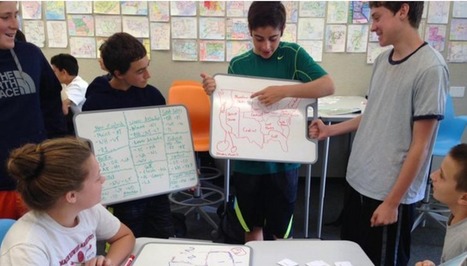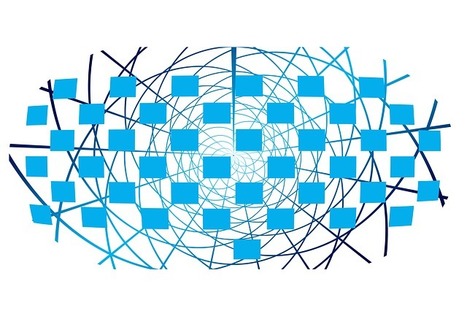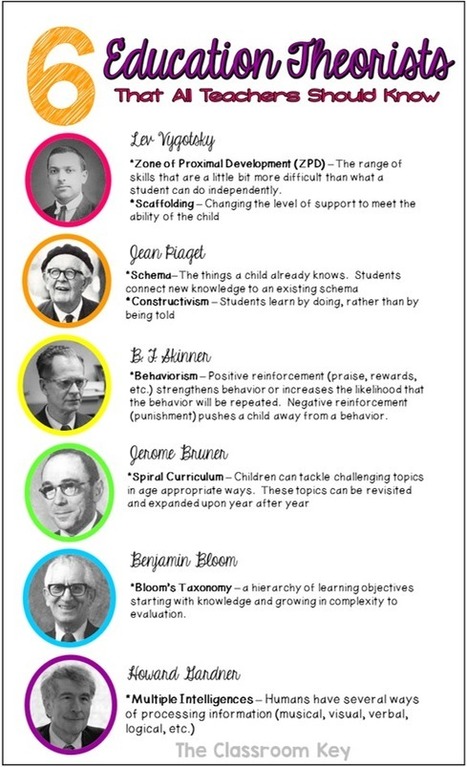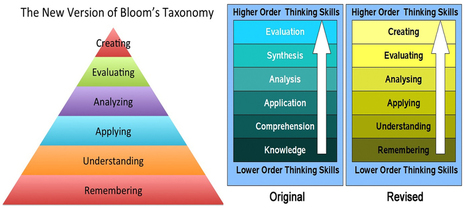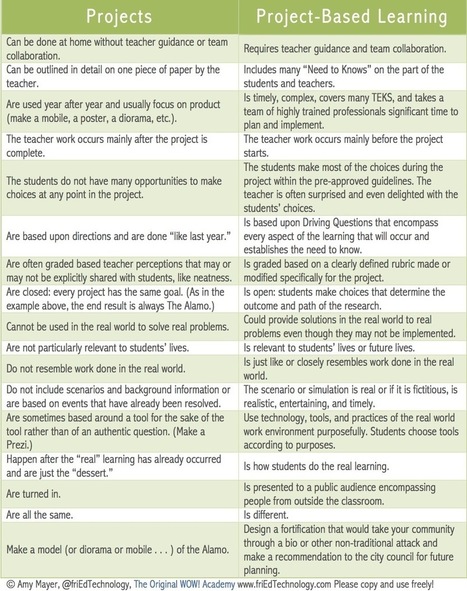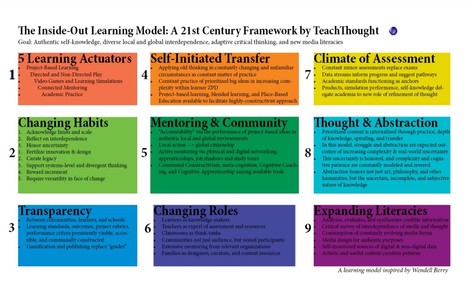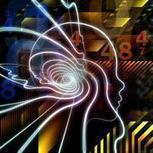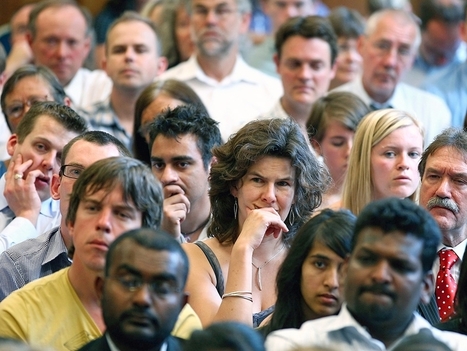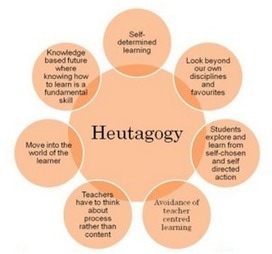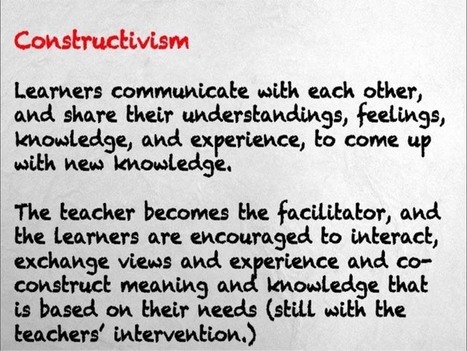When considering the future of work, it is important to consider what still needs to be done to prepare future generations.
It is not a secret that everyone learns differently. In a world that is constantly changing—that is one thing that won’t. As EdReimaginged noted in their report, A transformational vision for education in the U.S., “the current system was designed in a different era and structured for a different society.”



 Your new post is loading...
Your new post is loading...

